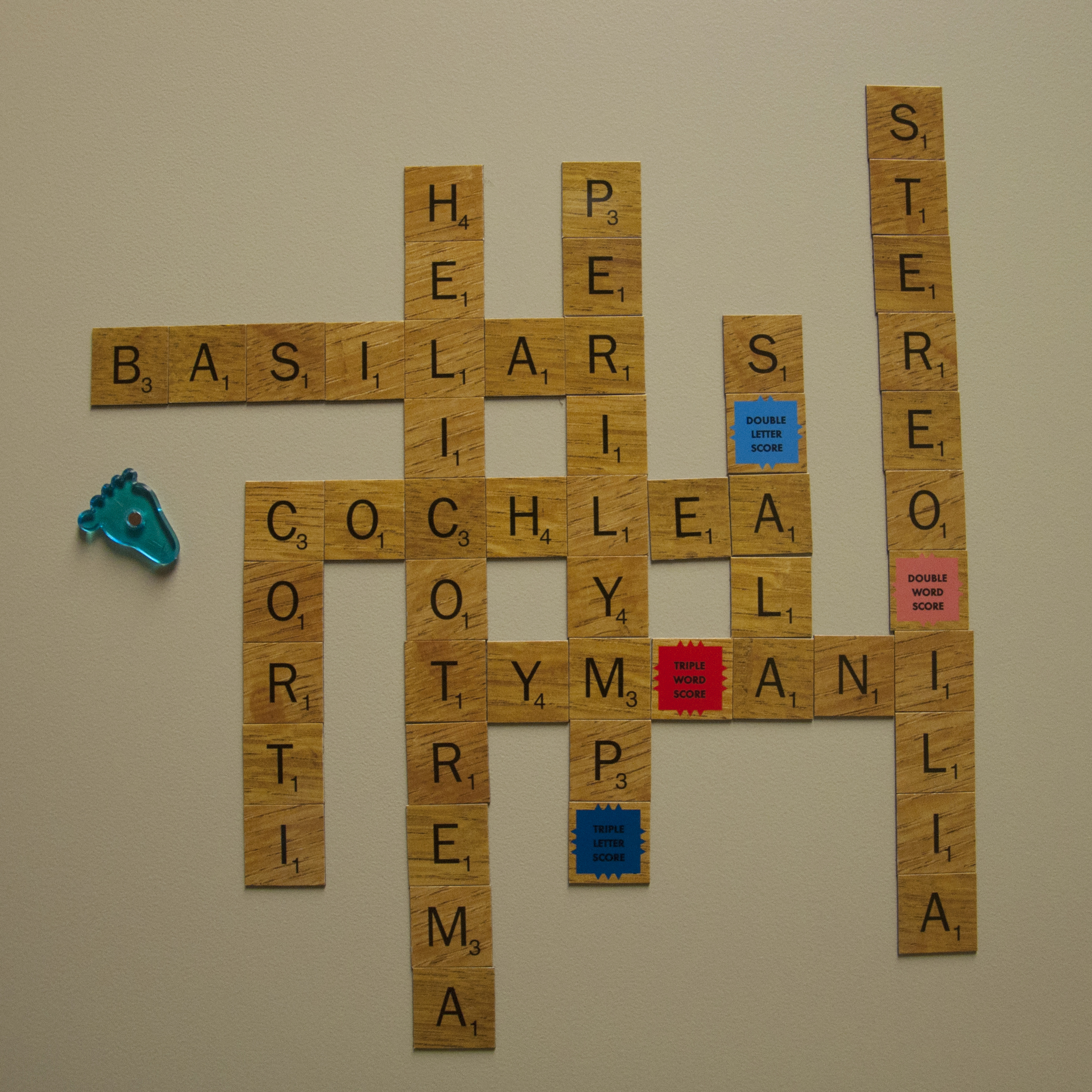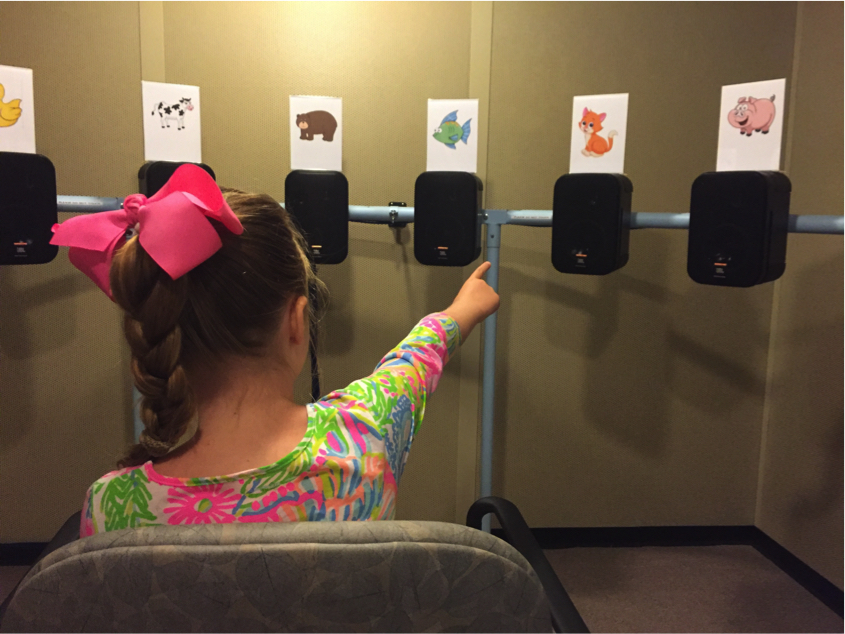Lisa Park, AuD
Cochlear Implant Clinical Research
Margaret Dillon, AuD
Associate Professor
Director, Cochlear Implant Clinical Research
Meredith Anderson Rooth, AuD
Assistant Professor
Lisa Park, AuD
Assistant Professor

- Drs. Margaret Dillon, Meredith Rooth, and Lisa Park are clinical research audiologists on the UNC Cochlear Implant Team. They collaborate with UNC researchers, physicians, audiologists and speech-language pathologists on projects investigating cochlear implant signal coding strategies and associated outcomes, expanded indications for cochlear implantation, and hearing preservation and subsequent programming of combined electric and acoustic stimulation.

The UNC Cochlear Implant Team is currently investigating outcomes of cochlear implantation in cases of unilateral and asymmetric hearing loss in children and adults as part of two FDA clinical trials*. Current treatment options for patients with unilateral and asymmetric hearing loss route the signal from the affected side to the better hearing ear. These patients reportedly have difficulty with speech understanding in noise, identifying where sounds are coming from, and report a reduced quality of life as compared to normal hearing individuals. A cochlear implant, which stimulates the auditory pathway of the affected side, may offer improvements with speech understanding in noise, localization, and quality of life.

Drs. Dillon, Rooth, and Park are also assessing the programming of combined electric and acoustic stimulation in pediatric and adult cochlear implant recipients with postoperative hearing preservation. The UNC Cochlear Implant Team participated in the multi-center FDA controlled clinical trial evaluating Electric-Acoustic Stimulation (EAS). EAS utilizes a shorter, more flexible electrode array in attempt to preserve residual hearing during cochlear implantation in patients with substantial low-to-mid-frequency hearing remnants. In an ipsilateral listening condition, the high-frequency information is presented via electrical stimulation, while the low-frequency input is delivered by a hearing aid. UNC investigators are assessing optimal fitting methods of combined stimulation, and long-term outcomes of EAS recipients.
Please contact us for additional information: CIResearch@unc.edu
*CAUTION: Not FDA approved. Investigational Device Exemption
To access this player, please revisit with a web browser that has the latest version of Adobe Flash Player installed.
